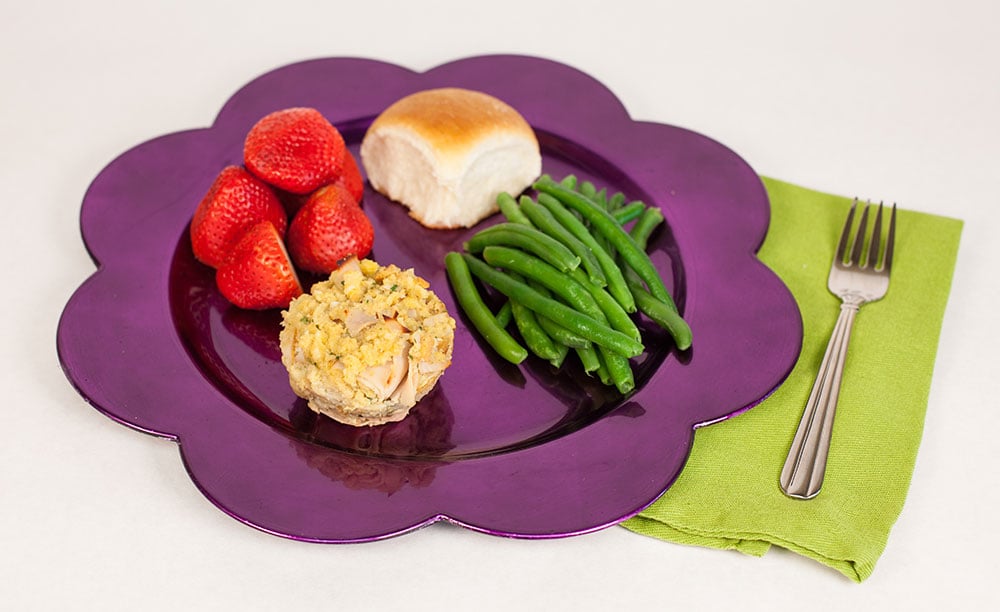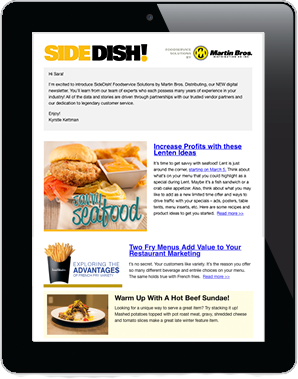For many of us, the way food is presented and served, the surroundings and the company in which it is eaten contribute to the satisfaction and enjoyment of eating a meal. Those with dementia, however, can become easily overwhelmed by too many distractions and too many choices at mealtime, making their dining experience unpleasant. The dining environment is a crucial factor that can have a huge impact on people with dementia in terms of improving their quality of life.
It has been suggested that a dining environment that is welcoming, relaxing and comfortable has the potential to increase food intake and social interaction, which can also make the eating/feeding experience more enjoyable and minimize eating/feeding difficulties in people with dementia.
Here are 12 things to consider as you set your table for dementia diners:
- Minimize Distractions
Chaos in the dining room can cause agitation in those with dementia. The eating environment needs to be calm and relaxed. Switch off the television and turn down the volume of music to avoid distractions. - Lighting
The dining area should be bright and well lit. Some people with dementia may experience visual impairments that make it difficult to see. - Time to Settle In
As memory care residents come into the dining room, first focus on getting them settled and focused. - Hot & Cold
Serving a mix of both hot and cold foods is a great way to provide stimulation that boosts mealtime alertness. Another idea to try is to offer warm hand towels scented with herbs or extracts such as lavender or lemon as residents come into the dining room followed by a spoonful of lime sorbet. The alternation between hot and cold creates tactile-thermal stimulation, which helps residents become more aware and ready to enjoy the meal. - Conversation Starters
Make sure staff know good conversation starters for each resident in order to keep residents alert and enjoying both the meal and the company. - All the Smells
Stimulate appetites with smells. The smell of freshly baked bread, for example, is a powerful way to stimulate appetites and conversation. - Contrast
Ensure contrasting colors with tableware and food. However, avoid patterned dinnerware as it can be too distracting. Consider colored tablecloths and placemats. Pair white and light-colored foods on bright colored dinnerware and dark-colored foods on white dinnerware… and add contrasting, colored toppings and garnishes to foods. - Attractive Plates
All meals should be served attractively – even texture modified diets! Nobody wants to eat food that doesn’t look good. - Portions
You may want to consider smaller portion sizes or serving one item of the meal at a time to avoid overwhelming those with dementia. - Longer Meal Times
For dementia residents that can be easily overwhelmed, allowing for longer meal times can alleviate the stress of finishing a meal in a short amount of time. - Maintain Independence
There are a number of practical aids and strategies to help those with dementia to eat independently. Finger foods and adaptive utensils are some great examples. - Dining Audit
Perform a dining audit during mealtimes to evaluate your dining environment, meal service, mealtime assistance and overall consumption. Use your findings to make sure you are providing your residents with the best dining experience possible.
Looking for more help with dining for your dementia residents?
This toolkit will help you train staff as well as ensure that they are competent in the care of residents with dementia.







